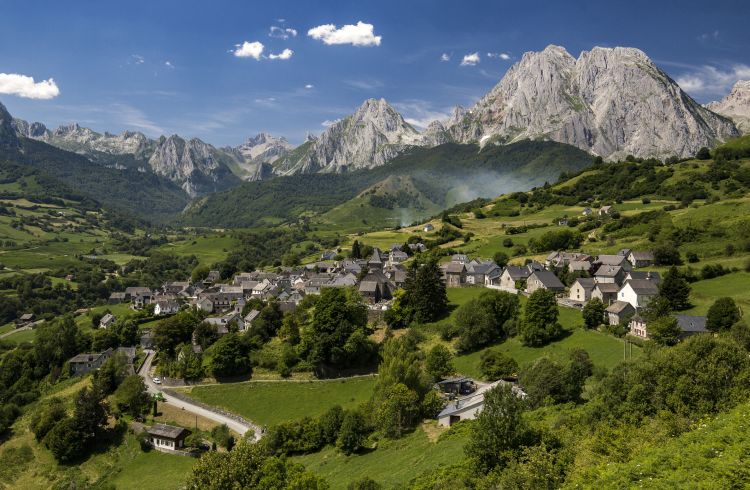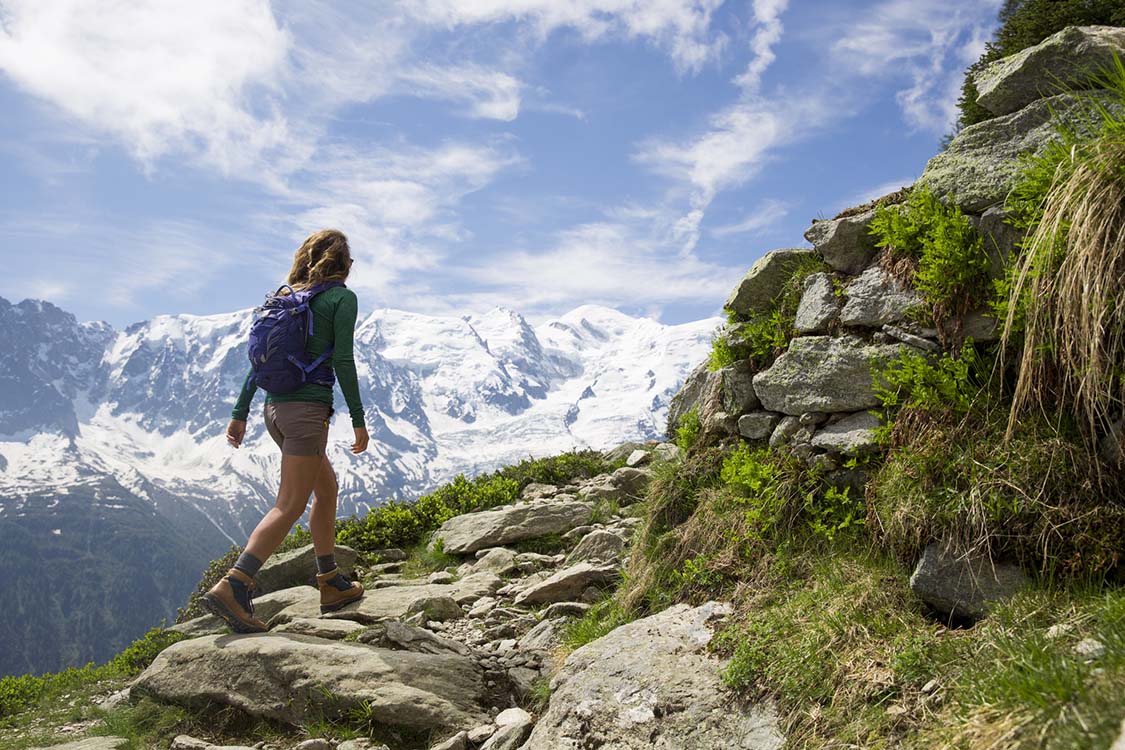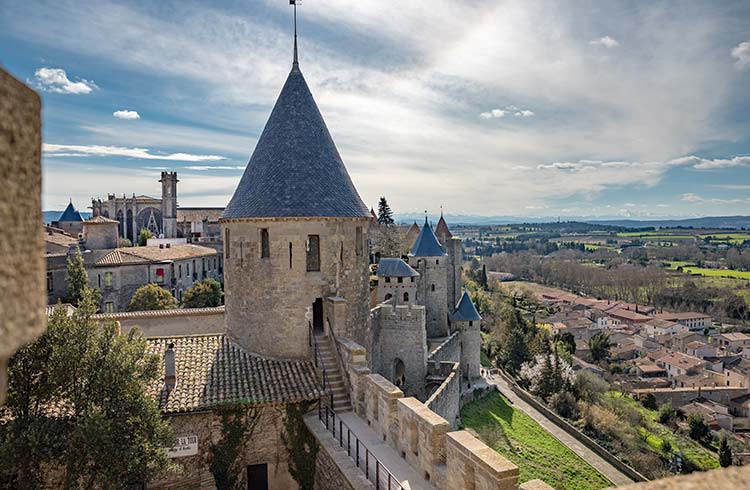Safety Tips for the Alpine Regions of France
France is known for its spectacular alpine regions but it's not as simple as strapping on a snowboard. Our insider Felicity shares her advice on how to stay safe.
 Photo © Getty Images/Onfokus
Photo © Getty Images/Onfokus
The sun is rising, prompting the peaks surrounding Mt Blanc to blush rose and amber. Aside from the crunch of snow underfoot and the ragged intake of breath while approaching the summit, there is silence. When you reach the summit, time stands still. But now, you must descend.
Trekking in France’s alpine areas is irresistible. But, these mountains require preparation, careful selection of alpine gear, adhering to safety rules, and often a mountain guide to make crucial decisions for you. Whether skiing, boarding, hiking (during summer or winter), here are a few tips to stay safe in the big hills.
- Top Five Alpine Safety Rules
- French Alpine Regions
- Summer Hazards
- Health Problems
- Off Piste Safety
- Avalanche Safety
Top Five Alpine Safety Rules
Forecast
Check the weather forecasts. The weather changes quickly and unpredictably in mountain areas; even on summer hiking routes, it’s been known to snow in the French Alps.
Equipment
Carry the correct equipment for alpine conditions, such as glacier glasses, shovels
A Contact Person
Notify someone of your trip plan; it doesn’t matter if it’s for a day trip or longer. Information should include the number of people in your group, your planned route, experience level, equipment, planned return date and a deadline for calling emergency services if
Swift Action
Call for help as soon as it’s required; nightfall hampers rescue operations.
Don't Overestimate Yourself
Consider taking a mountain guide to
Till Kramann, Director of Global Mountain Guiding, who has been guiding climbers and skiers in the French region for 15 years, says, “People often get into trouble for underestimating the conditions and overestimating their own capabilities.” One of his top safety rules is to always keep some gas in the tank, you may need it.
French Alpine Regions
The French Alps, Massif Central
The Massif Central is the most gentle, with non-glaciated and rolling terrain keeping with its volcanic origins. The French Alps has dramatic, jagged mountain peaks. The Pyrenees are underrated and overlooked; they are slightly lower than the Alps but share the same spectacular scenery – without the crowds.
My pick? For summer hiking, the grassy hills of the Massif Central. When I’m seeking a local-flavored experience, head for the intimate villages of the Pyrenees. When I want the après as hard core as the slopes, I venture to the Alps.
Summer Hazards
Summer may look benign, but has its own set of peccadillos – the big one is weather which produces sudden, furious thunderstorms.
Glacier terrain also throws up unique summer hazards, including water under the snow, more morning ice when heat-softened cover freezes overnight, or big earth movements including rockfalls from receding permafrost.
Climbing on high alpine traverses involving glaciers requires early alpine starts – that’s a
When ski touring, later starts work best to allow for quicker descents – you’ll be done and dusted before the snow destabilizes.

Health Problems
Altitude sickness, dehydration
Altitude sickness can hit as low as 8202ft (2,500m) and presents symptoms such as fatigue, headaches
The higher rate of water vapor lost from the lungs at altitude can be helped by drinking an extra liter of water than your normal intake. On top of drinking water regularly, consider adding electrolyte supplements or some other form of carbohydrate.
To protect and reduce frostbite, wear clothes that wick the moisture from your skin, pack layers to trap warm air, wear mittens instead of gloves, and always have waterproof gear at the ready. If you’re caught out and get frostbite, act quickly – wrap your body (in a space blanket, for example), seek shelter and attempt to warm the affected area gradually.
Off Piste Safety
The big word when discussing off-piste is avalanches, and they don’t have to be big to be nasty. Before you go, be aware of the nuances in each region.
For example, the Pyrenees snowpack is more stable than the French Alps. Perched by the Mediterranean, the snow is moister and forms in layers. These layers will freeze together to form solid blocks.
Problems occur with weak layers, a layer that hasn’t compounded. As Kramann explains, “In the Alps, when it’s dry above a certain height and temperature, you may get avalanche conditions that can remain for half a year. Weak layers only exist because of dry snow. That doesn’t happen so much in the Pyrenees, the snow combines way better – it’s fantastic for off-piste skiing and spring touring.”
Avalanche Safety
Are you in an avalanche area? Test the snow pack, have basic knowledge including pitch and direction of slopes and being able to interpret an avalanche forecast.
- If you get caught in an avalanche – attempt to ski or ride out to the side, sometimes you can still maneuver on the moving surface.
- If caught, try to stay on the surface by floating as much body area on the snow as possible. Don’t attempt to stand, putting your feet down might get you stuck in the heavy under-snow.
- Snow will solidify
fast, if you are buried before it sets. Try to create a small pocket of air in front of your mouth. - Check your ego and ambitions.
Kramann cautions even when signs look good, to listen to your intuition. “We were the first out of the hut and I didn’t like the look of a slope on a summit approach”, he recounts. “So, I turned the clients around and they weren’t happy. Especially when the group behind us continued on. We were the last to see them alive, they were seven victims of an avalanche 30 minutes later.”
Safety first, every time, even when it‘s not convenient.
Related articles
Simple and flexible travel insurance
You can buy at home or while traveling, and claim online from anywhere in the world. With 150+ adventure activities covered and 24/7 emergency assistance.
Get a quote


No Comments